A RARE CARVED CINNABAR LACQUER 'LANÇA' STEM BOWLQianlong
Expertly carved around the steep flaring exterior sides with eight lança letters enclosed within undulating lotus stems issuing stylised blossoms and acanthus leaves, the underside with a frieze of tightly-bound lotus lappets, all raised on a tall spreading stem decorated with a band of half-flowerheads and a raised rib above pendent interlinked tassels issuing from ruyi-heads. 15cm (5 3/4in) diam. Footnotes清乾隆 剔紅梵文纏枝蓮紋銅裡碗
Provenance: Heliot collection, Paris (label)
Adrian M.Joseph, 1985
來源:巴黎Heliot舊藏(標籤)
Adrian M.Joseph,1985年
Laurent Heliot (1848-1909) and his son Gaston Heliot (1879-1936) were important dealers in Chinese and Asian art based in Paris, first in 62 rue de Clichy and later 34 rue de Berlin.
The present stem cup is inspired by Tibetan butter lamps or chang ming deng. The Qing emperors publicly supported Tibetan Buddhism which brought both political and (to varying extents) personal benefits, by ensuring solidarity with Mongolian and Tibetan allies and providing personal spiritual guidance. The Qianlong Emperor was particularly dedicated to the practice of Tibetan Buddhism and this is reflected in the many decorative arts produced for the Court and as Imperial gifts during his reign.
Compare with a similar carved cinnabar lacquer stem cup, Qianlong seal mark and of the period, in the Linden Museum, Stuttgart, illustrated in Im Zeichen Des Drachen von der Schönheit Chinesischer Lacke, Munich, 2006, pl.86. Another cinnabar lacquer stem bowl, Qianlong, is in the Qing Court Collection, illustrated in Carved Lacquerware in the Palace Museum, Beijing, 1985, pl.338.
Such cups were also made for the Imperial Court in other materials, such as cloisonné enamel and blue and white as can be seen in Lots 37 and 38 in this sale. See a blue and white example, Qianlong seal mark and of the period, illustrated in Catalogue of Ch'ing Dynasty Porcelain in the National Palace Museum, Tokyo, 1981, pl.13. For a cloisonné enamel stem cup, Qianlong mark and of the period, see Compendium of Collections in the Palace Museum: Enamels 2 Qing Dynasty, Beijing, 2011, pl.280.
See a similar cinnabar lacquer stem cup, Qianlong seal mark and of the period, which was sold at Sotheby's Hong Kong, 2 June 2017, lot 662.
A RARE CARVED CINNABAR LACQUER 'LANÇA' STEM BOWLQianlong
Expertly carved around the steep flaring exterior sides with eight lança letters enclosed within undulating lotus stems issuing stylised blossoms and acanthus leaves, the underside with a frieze of tightly-bound lotus lappets, all raised on a tall spreading stem decorated with a band of half-flowerheads and a raised rib above pendent interlinked tassels issuing from ruyi-heads. 15cm (5 3/4in) diam. Footnotes清乾隆 剔紅梵文纏枝蓮紋銅裡碗
Provenance: Heliot collection, Paris (label)
Adrian M.Joseph, 1985
來源:巴黎Heliot舊藏(標籤)
Adrian M.Joseph,1985年
Laurent Heliot (1848-1909) and his son Gaston Heliot (1879-1936) were important dealers in Chinese and Asian art based in Paris, first in 62 rue de Clichy and later 34 rue de Berlin.
The present stem cup is inspired by Tibetan butter lamps or chang ming deng. The Qing emperors publicly supported Tibetan Buddhism which brought both political and (to varying extents) personal benefits, by ensuring solidarity with Mongolian and Tibetan allies and providing personal spiritual guidance. The Qianlong Emperor was particularly dedicated to the practice of Tibetan Buddhism and this is reflected in the many decorative arts produced for the Court and as Imperial gifts during his reign.
Compare with a similar carved cinnabar lacquer stem cup, Qianlong seal mark and of the period, in the Linden Museum, Stuttgart, illustrated in Im Zeichen Des Drachen von der Schönheit Chinesischer Lacke, Munich, 2006, pl.86. Another cinnabar lacquer stem bowl, Qianlong, is in the Qing Court Collection, illustrated in Carved Lacquerware in the Palace Museum, Beijing, 1985, pl.338.
Such cups were also made for the Imperial Court in other materials, such as cloisonné enamel and blue and white as can be seen in Lots 37 and 38 in this sale. See a blue and white example, Qianlong seal mark and of the period, illustrated in Catalogue of Ch'ing Dynasty Porcelain in the National Palace Museum, Tokyo, 1981, pl.13. For a cloisonné enamel stem cup, Qianlong mark and of the period, see Compendium of Collections in the Palace Museum: Enamels 2 Qing Dynasty, Beijing, 2011, pl.280.
See a similar cinnabar lacquer stem cup, Qianlong seal mark and of the period, which was sold at Sotheby's Hong Kong, 2 June 2017, lot 662.
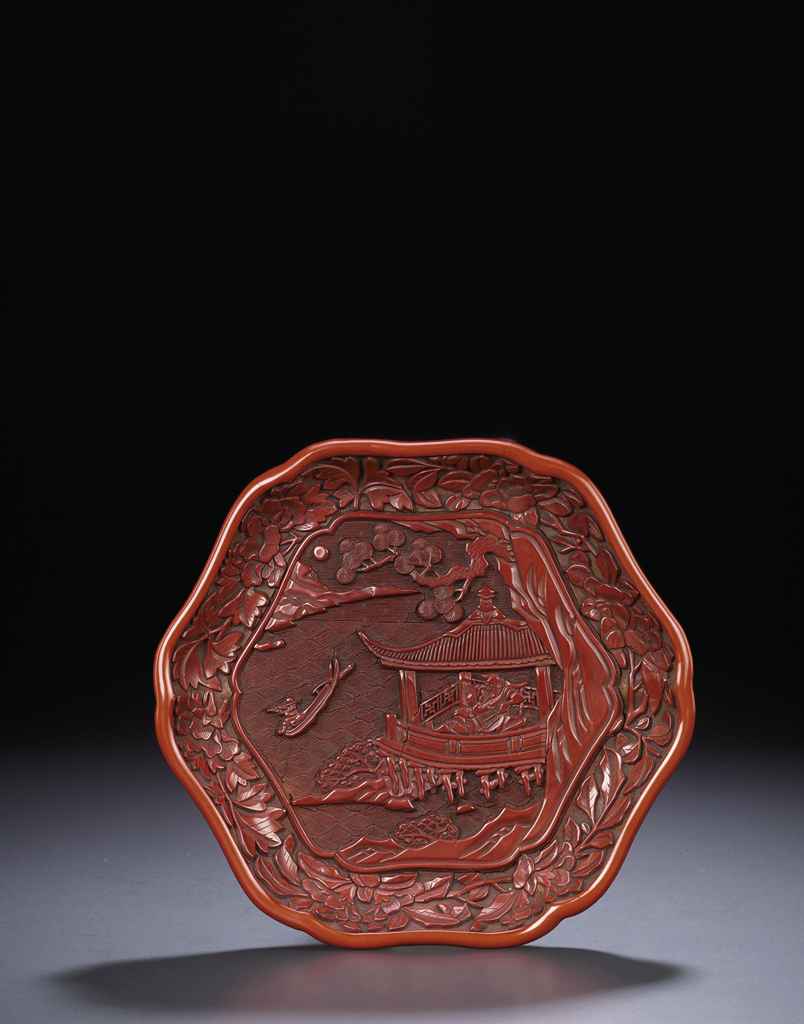

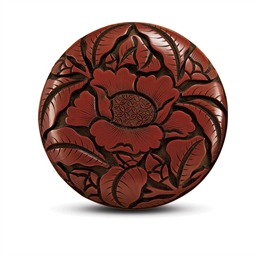
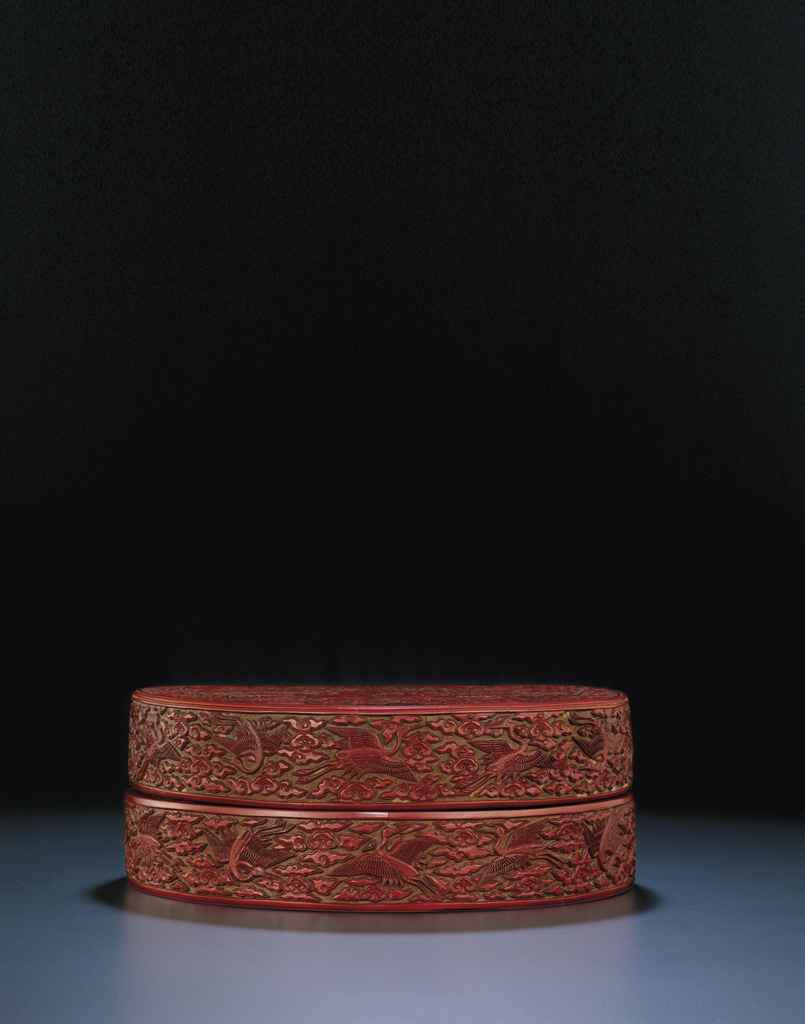
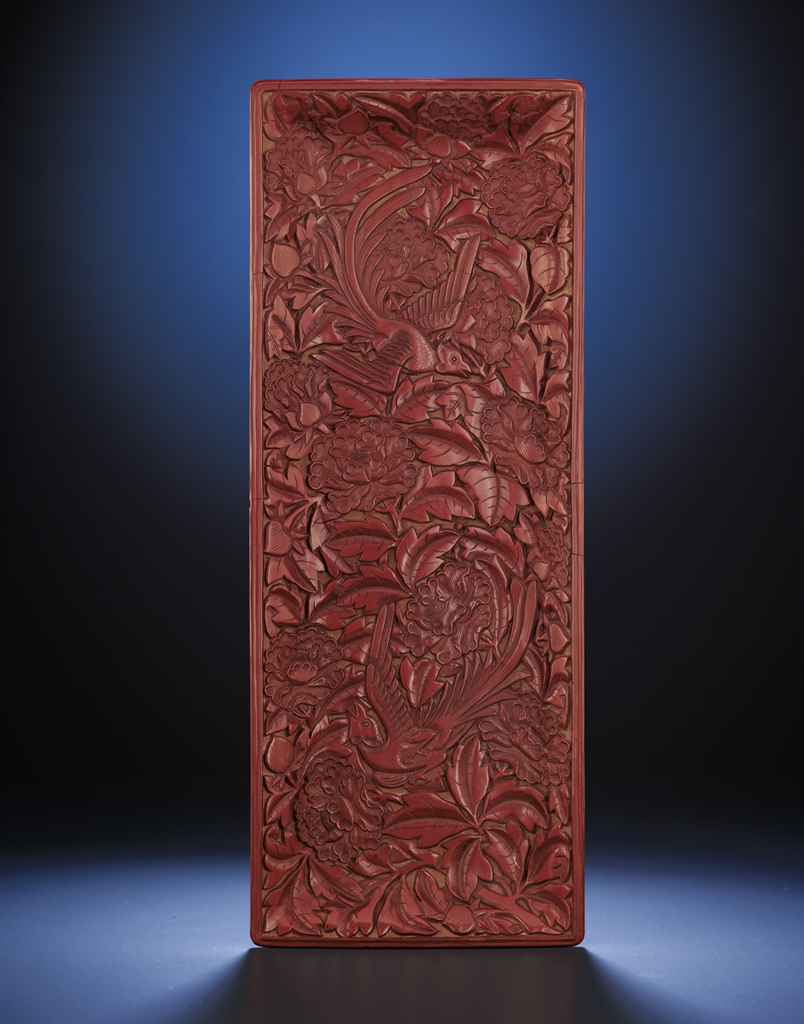
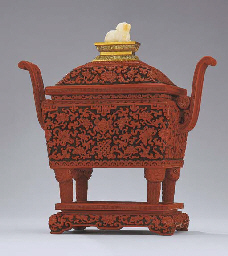
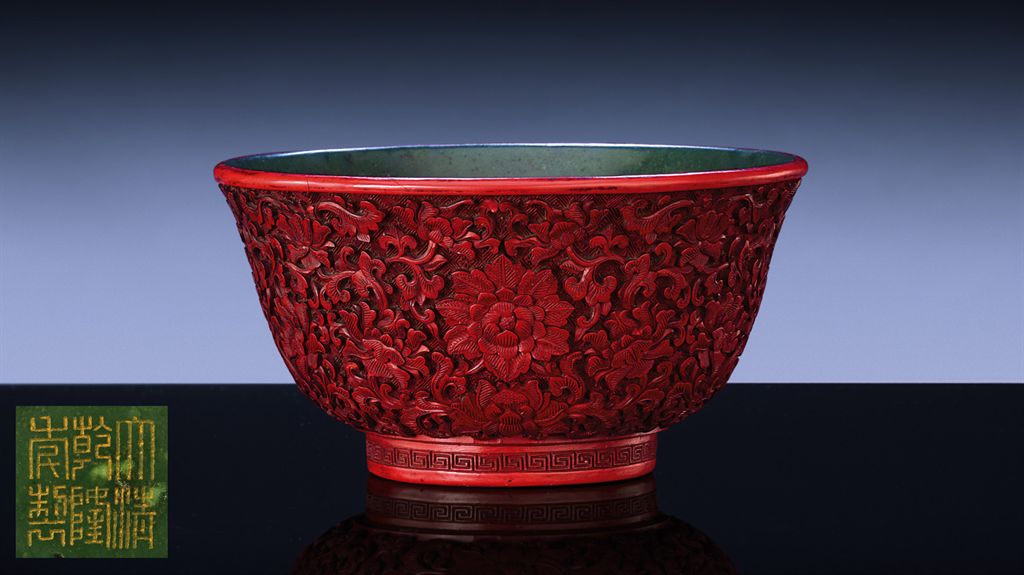
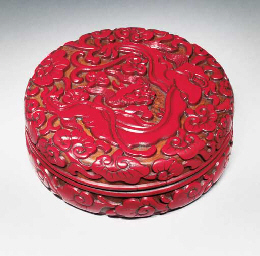
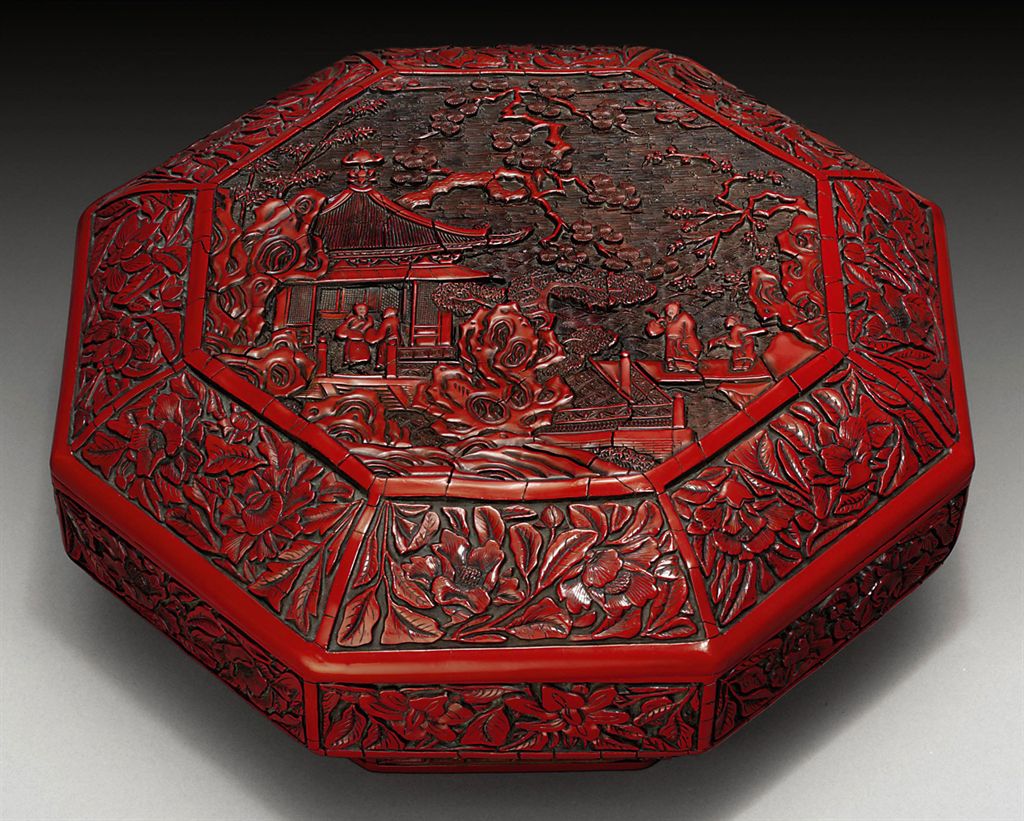
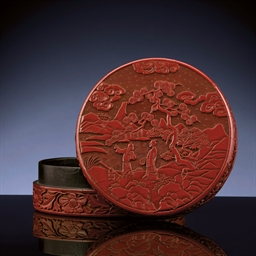
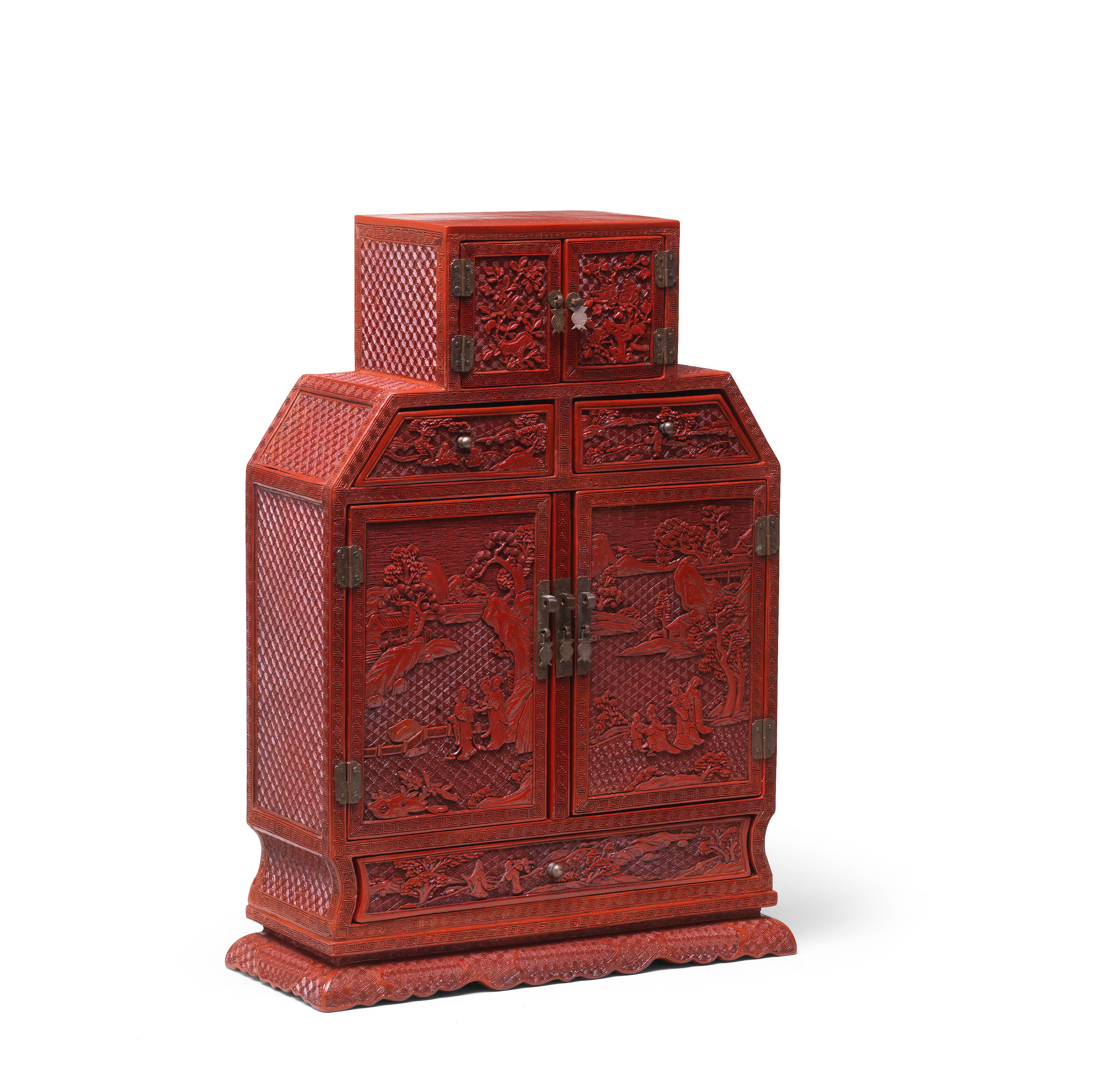
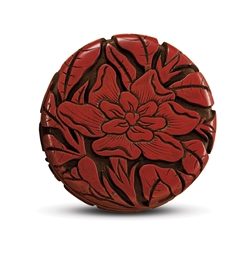
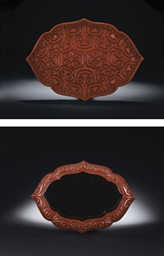
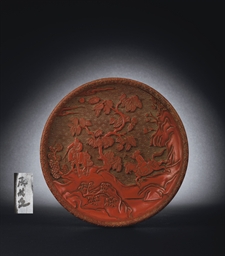
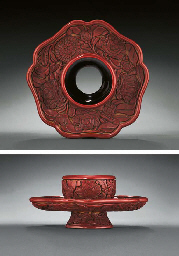
Try LotSearch and its premium features for 7 days - without any costs!
Be notified automatically about new items in upcoming auctions.
Create an alert